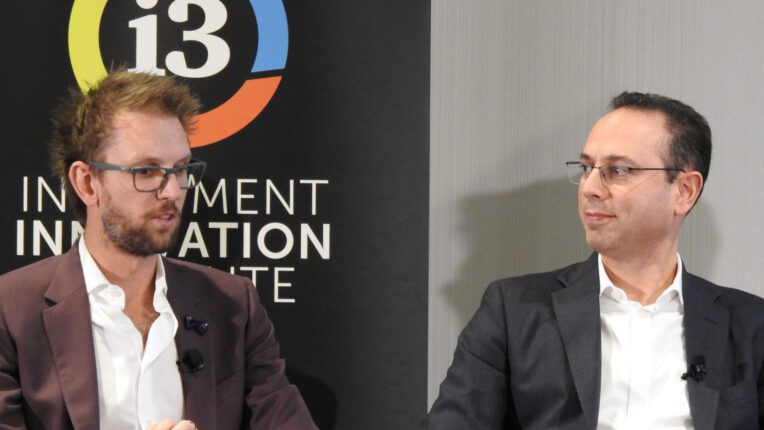VFMC has developed a Private Credit risk model that provides better and more timely investment insights. Already, VFMC is starting to see the benefits both at an asset class and total portfolio level.
Register to Access this Exclusive [i3] Insights Article
Create a free account to access exclusive interviews with asset owners, revealing insights on investment strategies, market trends, and portfolio allocations.
If you already have an account you can Login .
If you have any issues registering an account please send us an email at [email protected].

